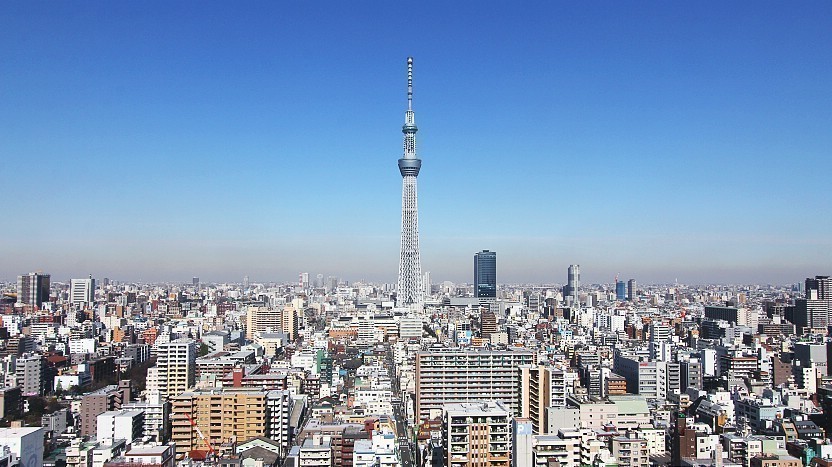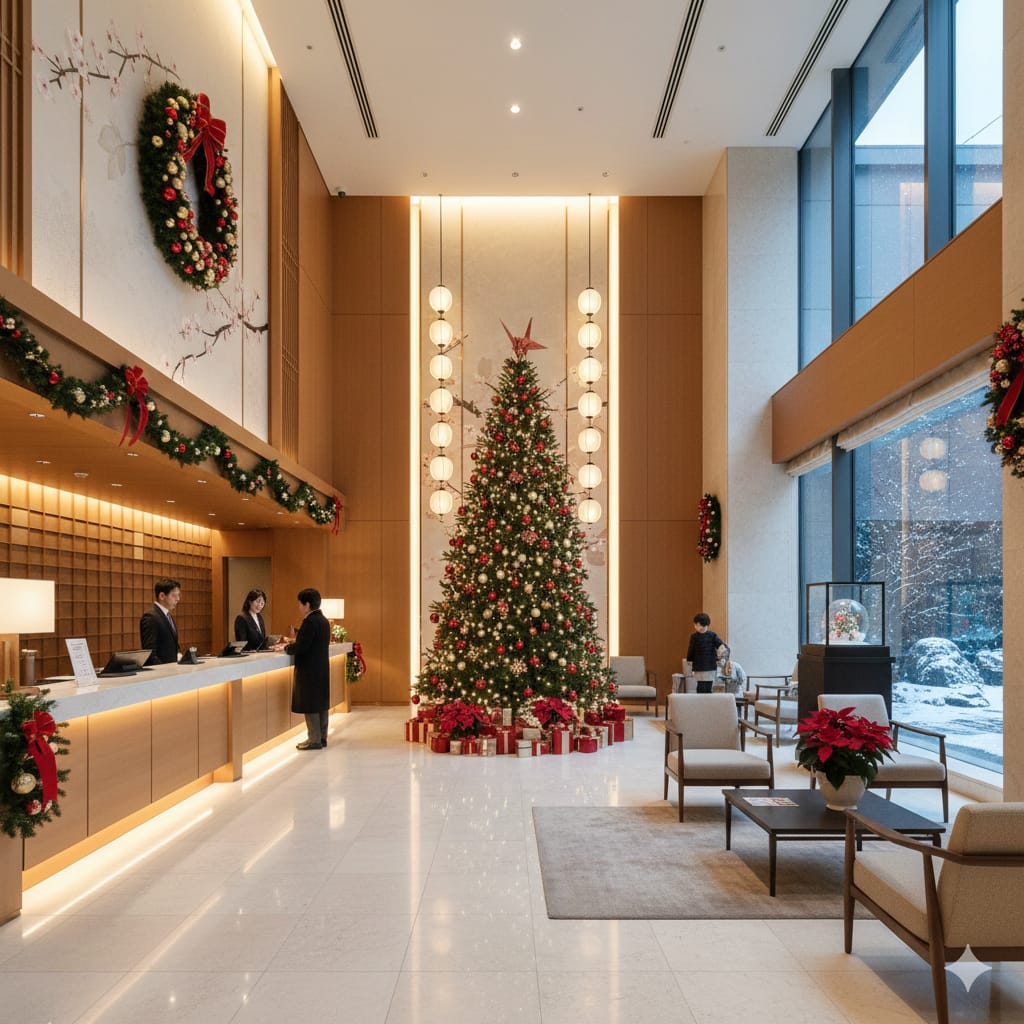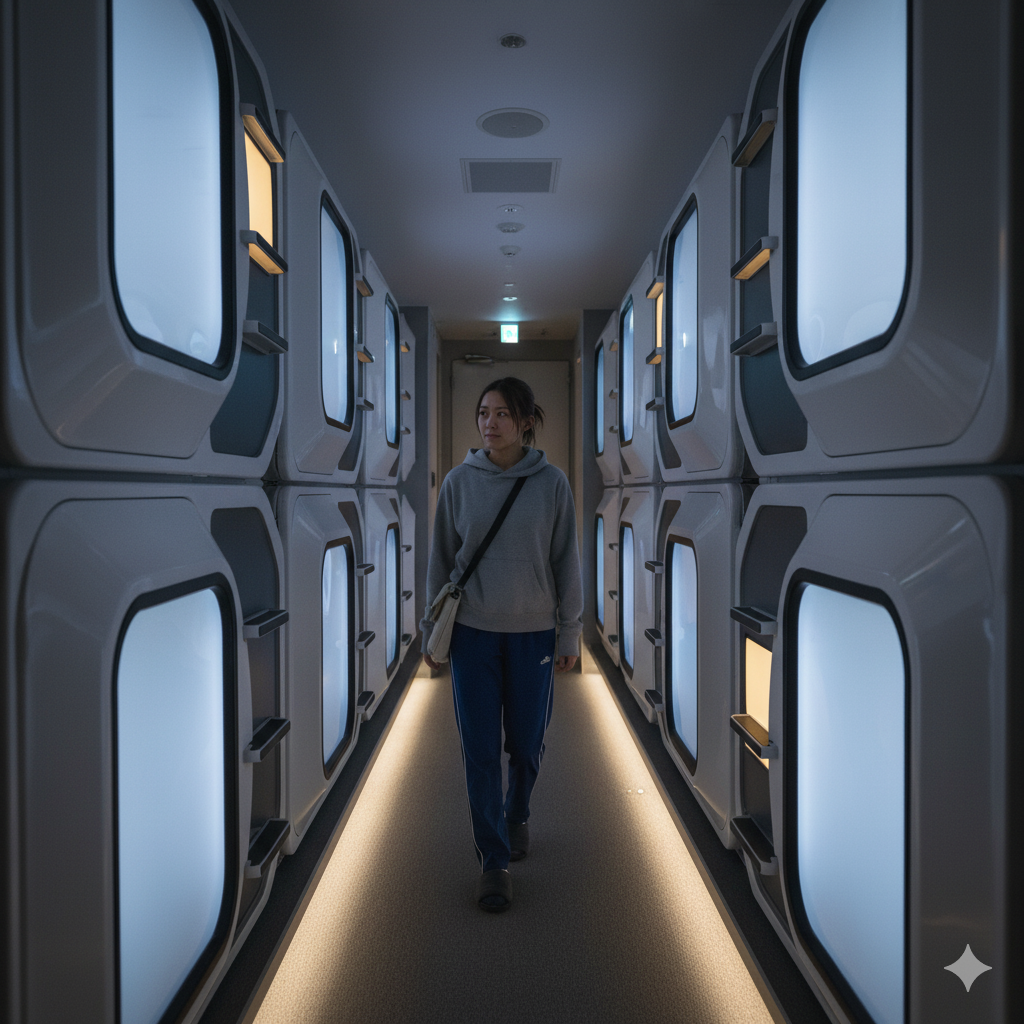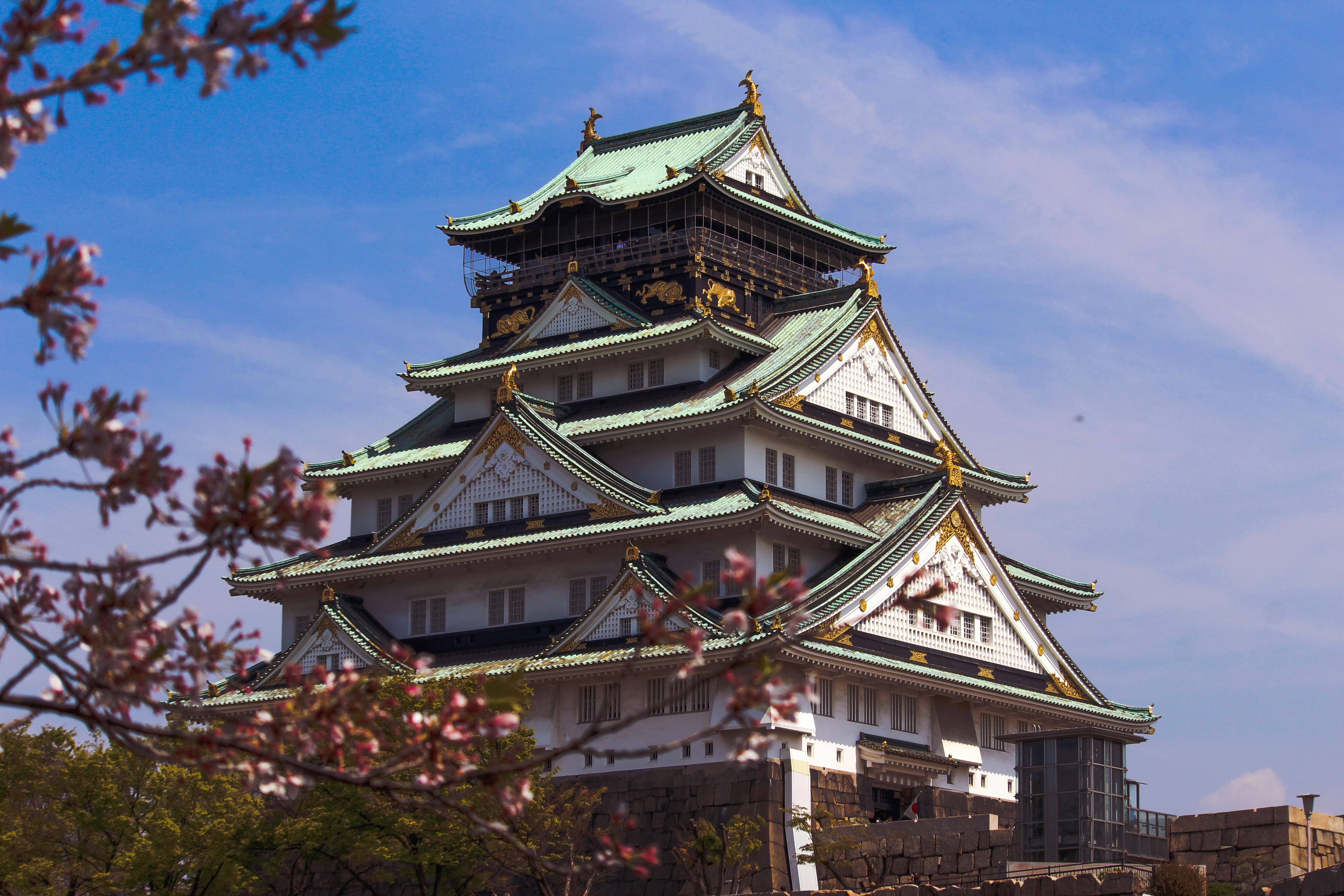Tokyo vs. Kyoto: Which to Choose for Your Vacation?

When planning a trip to Japan, some people are still confused about which city they should explore more. Among the many fascinating cities in the Land of the Rising Sun, Tokyo and Kyoto top the list of popular destinations. These two cities present a very contrasting charm but are equally powerful in leaving a deep impression on tourists in Japan.
Especially for those planning to travel in a group, choosing between these two cities can be a task in itself. This is because some people may love the hustle and bustle of Tokyo, while others are looking for the tranquility of Kyoto. It's not about which place is better, but about what kind of experience you and your companions want to have while on vacation in Japan.
Tokyo, as the capital of Japan, offers modernity and excitement, while Kyoto presents the warmth of tradition with various cultural heritages. Here are some factors that illustrate the differences between Tokyo and Kyoto from various aspects.
1. Geographical Difference
Tokyo is located in the Kanto region, which is on the eastern side of Japan, and serves as the nation's capital. Its strategic location makes Tokyo the center of government, business, and technology. Narita and Haneda Airports serve flights from various countries, which indirectly makes Tokyo the main gateway for tourists entering Japan. From the airport, the city center can be reached by express trains like the Narita Express or the Tokyo Monorail, which you can adjust based on your arrival point.
Conversely, Kyoto is located in the Kansai region on the western side of Japan. Unlike Tokyo, this city does not have an international airport, so entry is usually via Osaka (Kansai International Airport). From the airport, the journey to Kyoto takes about one hour by the JR Haruka express train or the Shinkansen from Shin-Osaka Station. Kyoto's slightly more hidden location is a unique attraction for tourists seeking tranquility and a classic atmosphere in Japan.
2. Ambiance Difference
If you are the type of person who enjoys a modern city atmosphere, then bustling Tokyo offers many colorful districts. There’s Shibuya with its iconic scramble crossing, Shinjuku which is always alive until midnight, and Akihabara, a paradise for electronics and anime lovers. Don't forget Odaiba with its ocean views, futuristic shopping centers, and digital museums like teamLab Borderless.
Meanwhile, in Kyoto, you will find an experience that is the complete opposite of what you encounter in Tokyo. In this city, you will find Gion with its distinctive geisha atmosphere, Fushimi Inari filled with thousands of red torii gates, and the gold-plated Kinkaku-ji Temple. Destinations such as the Arashiyama Bamboo Grove or the Philosopher's Path also offer a pleasant walking experience for those who desire tranquility. Kyoto presents a calmer atmosphere where every corner of the city gives the impression of being in Japan's past, which is still alive today.
3. Transportation Difference
With a very advanced system, Tokyo's transportation can sometimes be confusing for tourists who are not used to it. There are dozens of interconnected train lines, subways, and city buses in Tokyo. IC cards like Suica and Pasmo are very useful for easy transactions without having to buy single tickets. The Suica Card can be purchased at Japan Railways stations, while the Pasmo Card is available at Tokyo Metro and Toei Subway stations.
It is a bit complex, but the system is very efficient and can take you to popular tourist attractions in Tokyo such as Asakusa, Ueno, and even Tokyo Disneyland, in a matter of minutes. Try to avoid taking public transportation during rush hour because you won't get a seat, especially if you are traveling with children.
In contrast, Kyoto's mode of transportation tends to be simpler and slower than Tokyo's. City buses and a few train lines are sufficient to reach almost all tourist destinations in Kyoto. One pleasant thing in this city is that many places, such as temples or traditional markets, can be reached just by walking or cycling. You can even cycle to explore the city. If you plan to spend time here, a Kyoto Bus Pass and a One-Day Subway Pass can be economical choices.
4. Tourist Destination Difference
Tokyo, as a metropolitan city, is very suitable for those who love shopping and entertainment tourism. In Ginza, you can find high-end international brands that may not be available elsewhere. Meanwhile, in Takeshita Street Harajuku, the atmosphere is more relaxed with unique youth fashion trends. Moving slightly to Ikebukuro, you will find many bookstores and anime merchandise shops. You can also stop by Tokyo Skytree, Shibuya Sky, or even enjoy the rides at Tokyo Disney Resort.
A different experience will be found in Kyoto, which offers a calmer type of tourism rooted in Japanese culture. Festivals such as Gion Matsuri in July or Aoi Matsuri in spring are a big attraction for many international tourists. In addition, Kyoto is famous for its thousands of temples spread throughout the city. Visiting Kiyomizudera in autumn or enjoying hanami (flower viewing) in Maruyama Park are special experiences that are very typically Japanese and difficult to find in other cities.
5. Lifestyle Difference
Walking around during a vacation in Tokyo will feel like following a strong current. Time is precisely regulated, people move quickly, and the city seems never to truly sleep. Tokyo is the perfect choice for those who want non-stop exploration, full of activities, and always something new around every corner of the city. Even so, some people may find this atmosphere tiring after a few days.
Meanwhile, Kyoto offers a soothing contrast during a vacation in Japan. In the morning, you can participate in a tea ceremony at one of the traditional houses in Kyoto. During the day you can spend time at a temple or park while enjoying the silence and stunning scenery. There are no noisy vehicle sounds or demands to constantly move quickly in Kyoto.
6. Culinary Difference
Tokyo has a wider variety of food options. In this big city, you can even find several French, Italian, and Chinese restaurants. Tokyo is also famous for its izakaya culture, which are bars that serve various small dishes and alcoholic beverages. Not only that, but the city also has around 263 Michelin-starred restaurants!
If you want to taste food with a traditional flavor, Kyoto is the right choice. There is a lot of fresh seafood with the teishoku concept, which refers to a complete meal with a main dish of rice, miso soup, various side dishes, and pickled vegetables.
7. Budget Difference
Tokyo is known as a quite expensive holiday destination. A one-day bus ticket costs about 230 yen, and a taxi ride can reach 1,500 yen.
In contrast, a holiday in Kyoto is about 30% cheaper than Tokyo, and tends to be affordable in all aspects. It can be said that if you want a budget-friendly vacation to Japan, then Kyoto is the right choice.
Different stories are etched in every corner of Japan. Tokyo and Kyoto present them in very different ways. Tokyo with its modern energy, Kyoto with its traditional tranquility. These differences make Tokyo and Kyoto complementary. They are not to be compared, but to be enjoyed according to the kind of experience you want to get.



